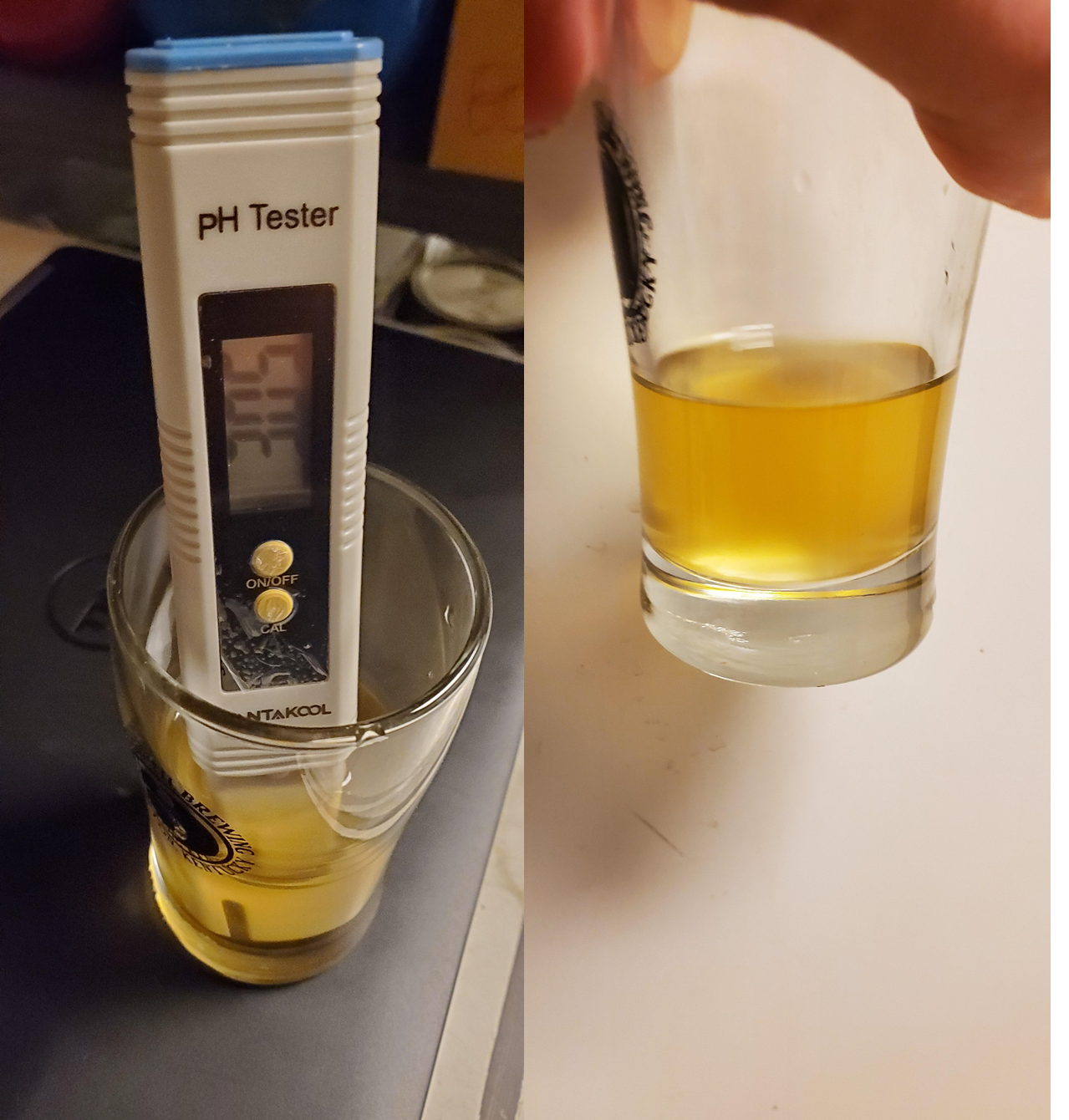1HW
Well-Known Member
- Joined
- Sep 8, 2020
- Messages
- 65
- Reaction score
- 64
Thanks! Did you find anything that says that the formulation changed?
No, but it is pretty clear that it changed somewhere along the line because the slide deck from the webinar references Lallemand R&D pitch rates of 1.0 - 1.5 g/l. The technical sheet is pretty clear with respect to 0.5 -1.0 g/l. And they're even more explicit in referencing that their in-house yeast calculator should be used:
"Standard pitch rate calculators may result in overpitching. Visit our Pitch Rate Calculator optimized for dry yeast samples at www.lallemandbrewing.com"
It also makes sense from a sachet standpoint...one packet lines up with a typical 5-6 gal batch. Having said that, you could pitch at 1.0 g/l and still be in the recommended range. And 1 g/l satisfies the optimal pitch rate regardless of whether you're using the webinar data or the product recommendation. Of course, then you're paying twice the cost in yeast...
The difference may be that while it ferments great within that concentration range, you get more lactic acid and an ester profile towards stone fruit rather than apples at the higher, and less lactic and more apple flavor at the lower.
How was your sourness? Did you get more apple or stonefruit in your batch? If it works to produce them well at lower pitching rates in homebrew practice, that is great news!

My understanding was that the taste profile shift from apple to stone fruit was related to the amount of glucose present in the wort (with full malt wort tending towards apple and increasing glucose concentrations pushing it towards stone fruit).
Our batch had more apple/cider flavor than stonefruit, but this was only noticeable after kegging, and then only for the first week or so on tap. I would not characterize ours as mouth-puckering sour. If that's the goal, I might pre-acidify the wort, or pitch toward the higher end of the recs.
We're perfectly happy with the sourness with a single sachet. If we did anything different the next go-around, it wouldn't be changing the pitch rate. Maybe a different fruit to sour, or maybe a small (< 1 lb) secondary addition of raspberries.
Last edited:


















![Craft A Brew - Safale BE-256 Yeast - Fermentis - Belgian Ale Dry Yeast - For Belgian & Strong Ales - Ingredients for Home Brewing - Beer Making Supplies - [3 Pack]](https://m.media-amazon.com/images/I/51bcKEwQmWL._SL500_.jpg)
























